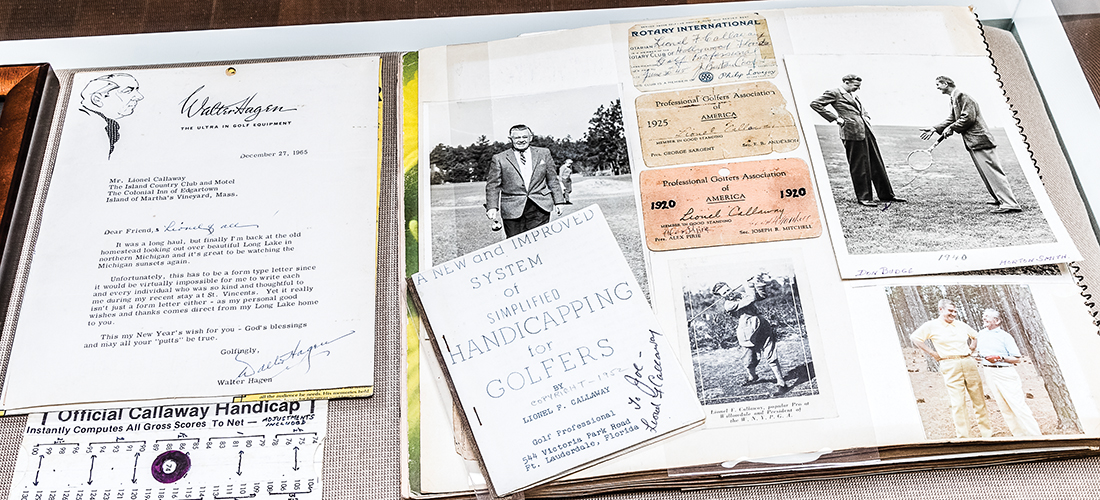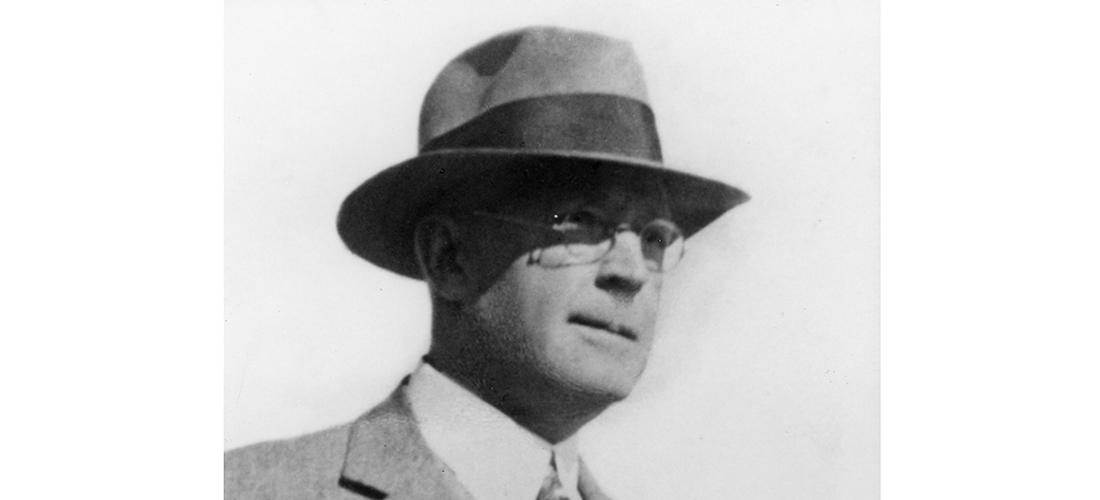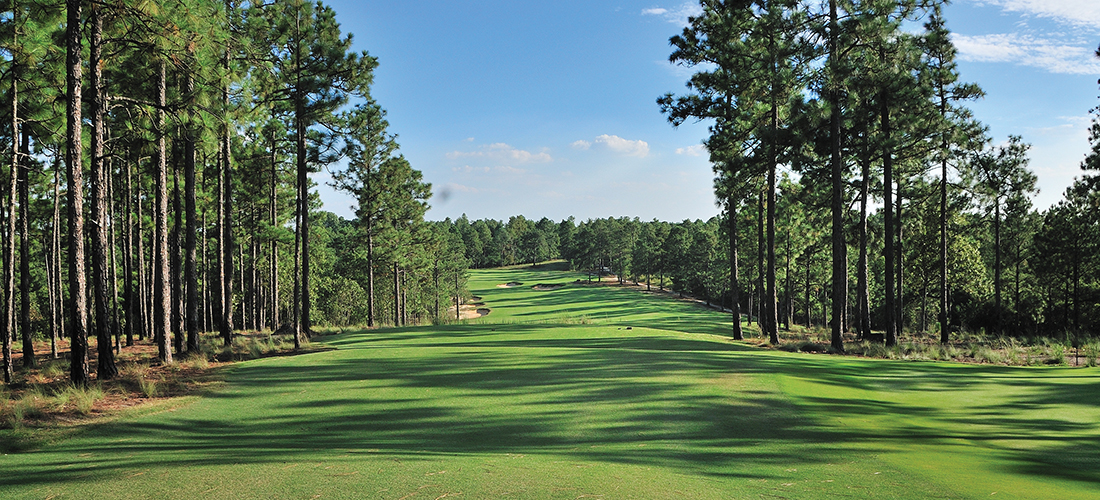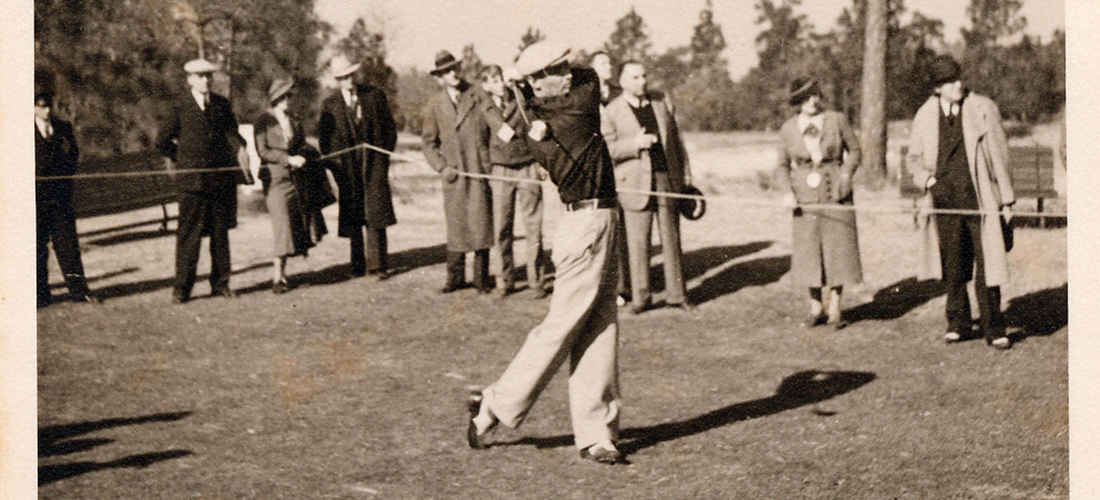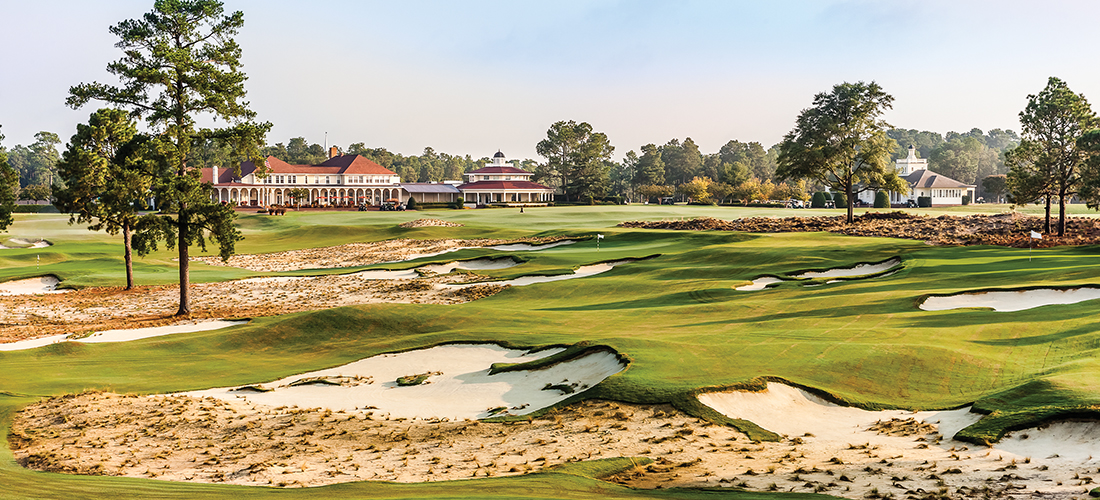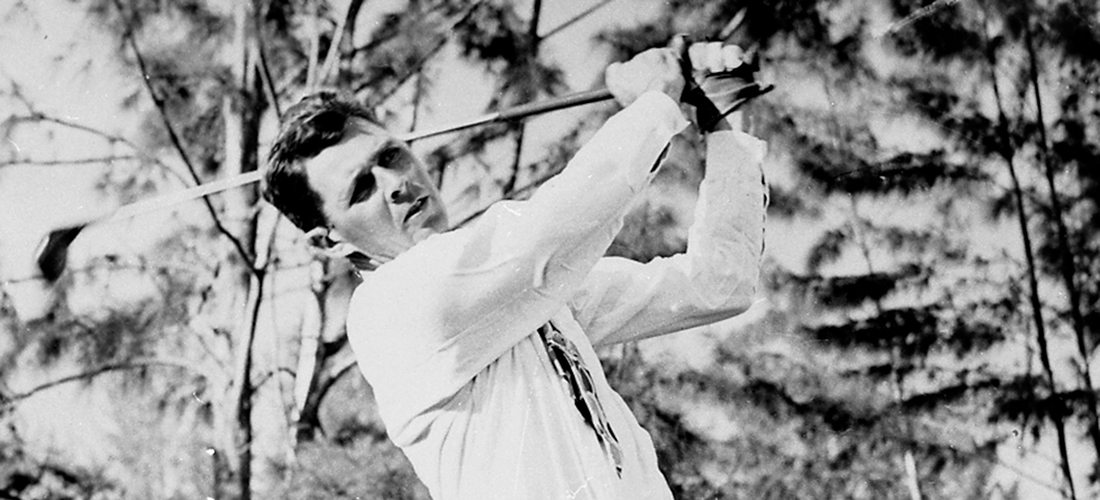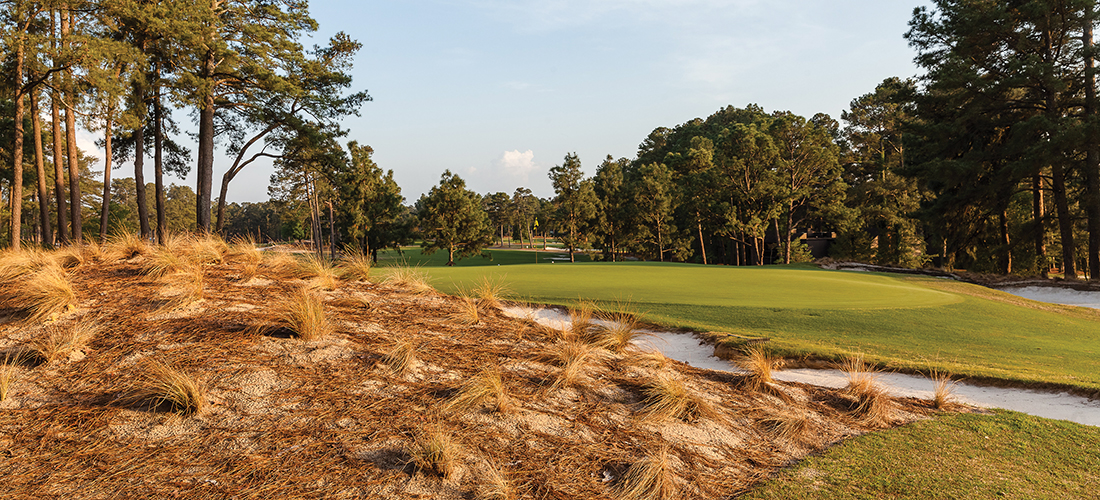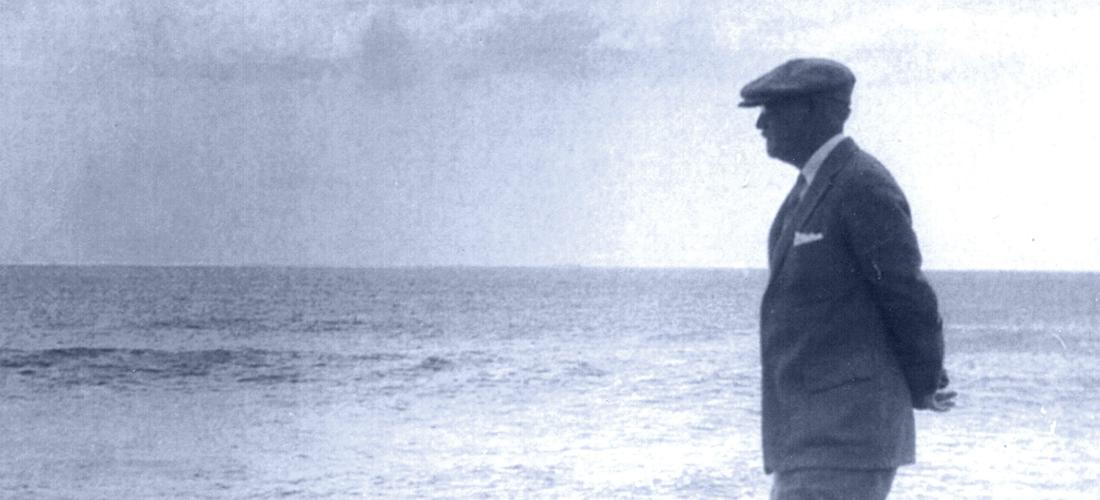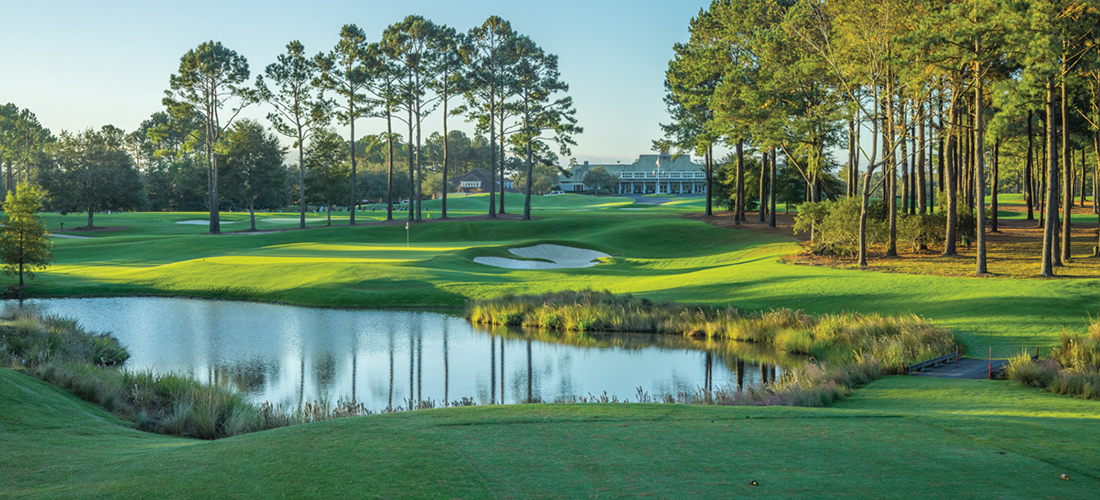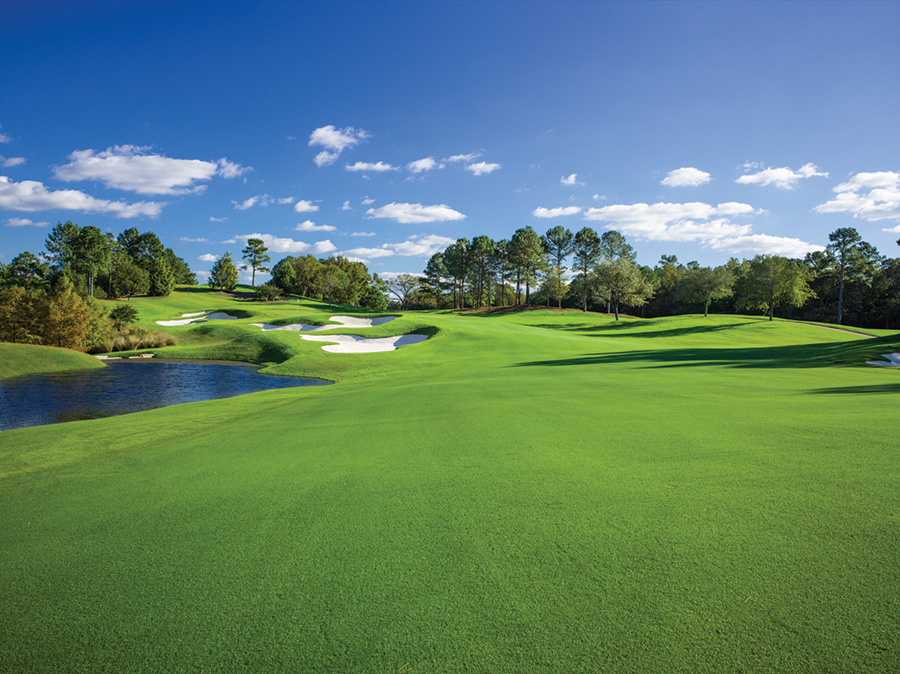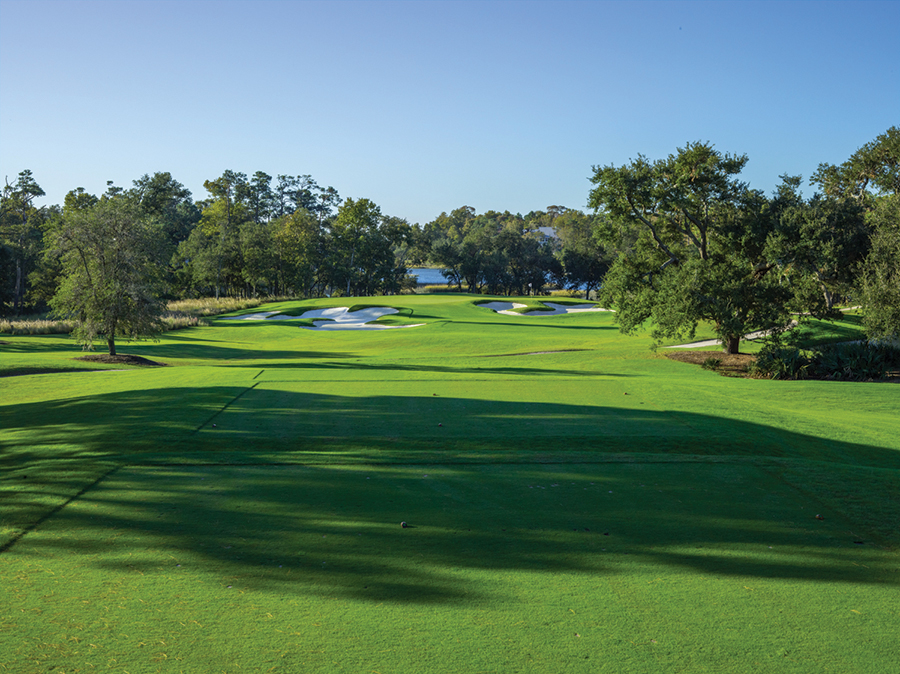A hall devoted to Carolinas golf history
By Lee Pace
Pinehurst in the 1970s was the repository of the United States’ most impressive golf museum. The $2.5 million structure christened in 1974 as the World Golf Hall of Fame loomed behind the fourth green of Pinehurst No. 2 and featured bronze busts of its honorees, a replica Scottish clubmaker’s shop and all manner of memorabilia. Alas, the building cost too much to operate and visitors to Pinehurst would rather play golf than study its history, so the museum was bought by the PGA of America, closed in the early 1990s, moved to St. Augustine and reopened there in 1998. The building was eventually razed, and that parcel today is owned by Pinehurst
Resort and sits vacant, awaiting possible development.
That has left the Tufts Archives in the village of Pinehurst and Heritage Hall in the Resort Clubhouse at Pinehurst as the area’s nods to the rich golf history that has been building here since Dr. Leroy Culver staked out the first nine holes in 1898, drawing on his visions and notes from a recent visit to St. Andrews, Scotland.
The Tufts Archives, an adjunct of the Given Memorial Library, chronicles the development of the village and resort with maps, photos, postcards, letters, and assorted documents and displays. Less than half a mile away, Heritage Hall runs from the front door of the clubhouse back to the golf shop and salutes Pinehurst’s rich competitive history — particularly through the boards listing winners of its prestigious North and South Amateur and long-defunct North and South Open.
The Sandhills’ newest development in the museum arena is the Xan Law Jr. Hall of History that opened in February in the Carolinas Golf Association’s headquarters in Southern Pines. The CGA, which celebrated its centennial in 2009, opened Carolinas Golf House in 2014 across Ridge Road from Pine Needles Lodge & Golf Club and set aside 1,500 square feet for an eventual museum.
CGA Executive Director Jack Nance and the association’s Executive Committee then set about raising approximately $1 million for the museum and decided to name it in honor of the Charlotte businessman and avid golfer who died in 2016 shortly after a watershed fundraising dinner that gave the museum an important underwriting base.
“Golf, like life, is a puzzle to be worked on but never solved,” Law said that evening.
The CGA retained the services of Andy Mutch, a former USGA museum director who, for the last 17 years, has operated Golf Curator Inc. in assisting clubs and associations organize, document, preserve and display their heritage.
“I was struck by how tight the golf network is in the Carolinas,” Mutch says. “Jack made calls to people who knew people who donated artifacts. We were able to acquire a museum full of authentic original artifacts — not loans or purchases, but donations — which was amazing. Even the folks at the USGA were incredulous that the only real loans we had for the entire Hall of History were from them. We were able to build a pretty serious museum of North and South Carolina golf history through this close network of committed CGA golfers. I think this authenticity comes through when you see the displays.”
A visit to the Hall of History can take from 30 to 60 minutes or longer, depending on how closely you delve into the photos and descriptive text at each of the displays. Here is the story behind the story of five of the artifacts on display:
• The 1910 Carolinas Amateur contestants photo. The CGA was founded in October 1909 in Charleston and scheduled its inaugural Carolinas Amateur for the following June at Sans Souci Country Club in Greenville, South Carolina. One of the first images you’ll see in the Hall of History is a massive blown-up group shot of 23 of the contestants on the front steps of the clubhouse, the gang accented with bow ties, a cigarette or cigar in many hands and mouths, and bowler or straw boat hats on many heads. There are enough grins and bad posture to indicate the golfers have flubbed a few shots of golf and slaked a few shots of adult beverages. “On the final night, two hardy contestants commenced their next day’s contest in the bar room and left there for the first tee in the morning. One is reported to have broken five clubs in the first nine holes,” reported the local newspaper.
• Peggy Kirk Bell’s Titleholders Blazer. The jacket is made of green velvet and was young Peggy Kirk’s prize for winning the 1949 Titleholders — a tournament on the fledgling women’s professional tour held at Augusta Country Club and modeled in the fashion of the Masters at nearby Augusta National. It was Peggy’s only professional win, and in time she would focus on the resort and golf teaching business with husband Warren “Bullet” Bell at Pine Needles, which they began running in 1953 and later purchased outright. In recognition of that Titleholders win, the Bells acquired the rights to the tournament in 1972 and moved it for one year to Pine Needles, with Sandra Palmer winning. Today a 40-inch bronze statue in the shape of the Titleholders crown logo still hangs in front of the Pine Needles entrance.
• Paul Simson’s Ping Zing Putter. The Raleigh insurance executive arrived at Yeamans Hall outside Charleston in the fall of 1990 for the Carolinas Mid-Am and discovered he’d left his Ping Zing putter at home. Fellow competitor Vic Long said he just happened to have that very model in the trunk of his car that Simson could use. Simson liked the feel and function of the putter and won by five shots, breaking through after years of second-place finishes. “That opened the floodgates,” Simson says. “If a putter feels good and you win with it, how am I going to change?” Long gave Simson the putter in return for two dozen golf balls, and Simson used the club for many of his 33 CGA victories — giving it up finally in 2012 for a more modern version of the same putter.
• Lionel Callaway display case. Donald Ross as an architect, Richard Tufts as an administrator — those leaders in early 1900s American golf are well known. Not as visible was Lionel Callaway, who was the teaching pro at Pinehurst for some 40 years in the mid-1900s. Today the Callaway Handicap System exists as a method for scoring golfers without established handicaps in competition. Callaway is also credited with developing putting cups with collapsible sides, grip molds to encourage proper hand placement on the club, practice nets and the standard of selling golf balls in packages of three. A variety of artifacts including photos, a scrapbook, his PGA of America membership cards and a handicapping gauge are collected under glass in the Hall of History.
• Ben Hogan at Biltmore Forest photo. One of the best pictures on display is a gem from a gray day in the 1940s when Hogan is captured teeing off in front of a well-dressed and attentive gallery in the Land of the Sky Open, held in Asheville from 1933-51. North Carolina was a key juncture in the evolution of Hogan’s career. He was winless through eight years of pro golf when he came to Pinehurst in March 1940 for the North and South Open. He finally won, then went to Greensboro and on to Asheville for three consecutive victories. In three tournaments, Hogan played 216 holes 34-under-par, breaking par 11 of 12 rounds. “I won just in time,” Hogan later reflected on his remarkable trilogy. “I had finished second and third so many times I was beginning to think I was an also-ran. I know it’s what finally got me in the groove to win.” PS
The museum is open during regular CGA business hours, 8:50 to 5:00 Monday through Friday.
Chapel Hill-based writer Lee Pace authored the CGA’s centennial commemorative book, Golf In The Carolinas, which was published in 2008.

